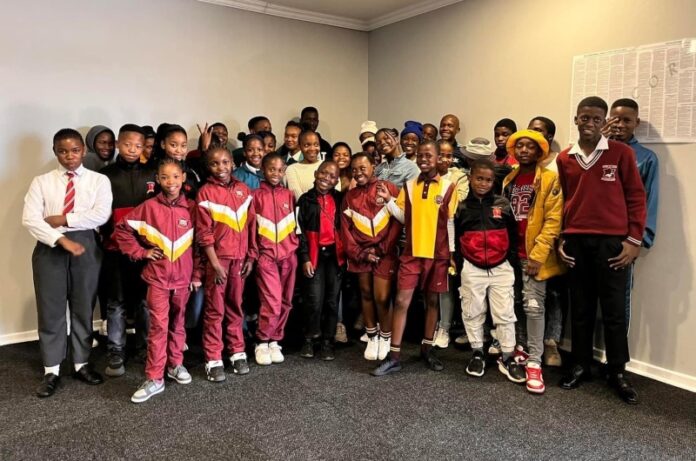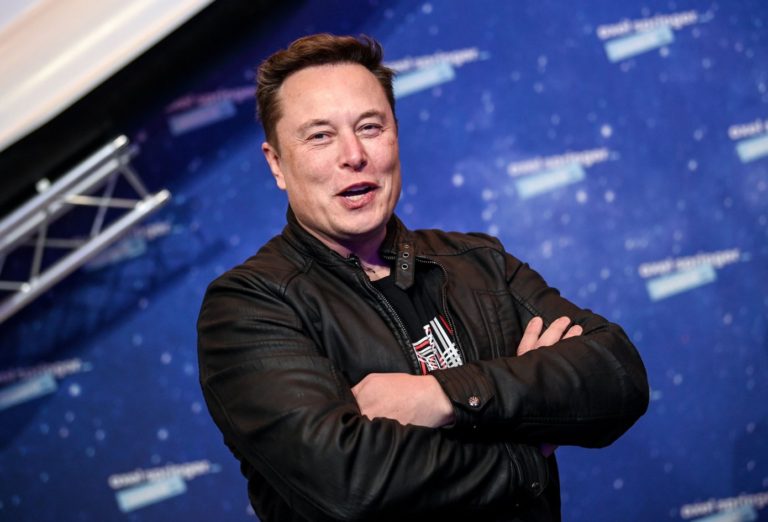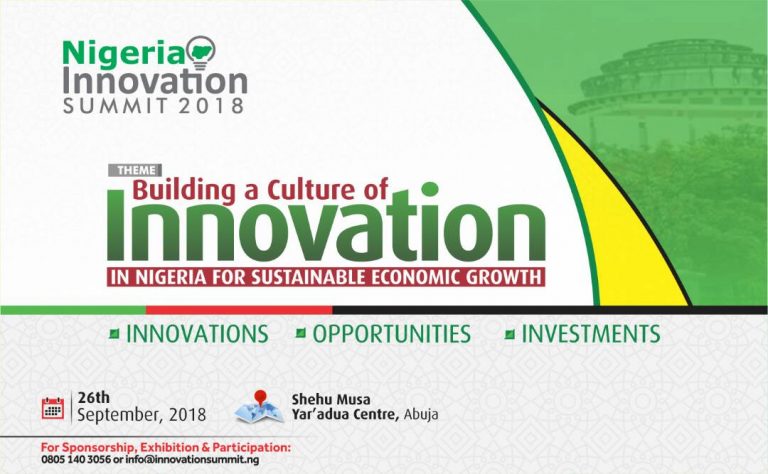South Africa: Glencore Ferroalloys Launches Coding and Robotics in Local Schools

With a focus on improving day-to-day lives, Glencore Ferroalloys is uncompromising in its dedication to upgrading and educating communities.
The group started a project to give young people the knowledge and abilities they’d need to succeed and solve problems in the future.
In the pilot project, pupils from rural schools close to Glencore’s activities in the provinces of Limpopo and North West are encouraged to think critically and creatively. The future workforce will now have more time to devote to strategic decision-making, original problem-solving, effective communication, and management tasks as a result of this transformation.
The pilot project started with Glencore identifying the educational needs that will be crucial in the future to support communities and industries in achieving the necessary performance results, particularly in terms of machine learning and the integration of the Internet of Things (IoT) with Artificial Intelligence (AI). Conroy van der Westhuizen, Chief CSI Manager, provided an explanation of the project’s origins.
Tsukudu High School student Daniel Nanchale, who is in grade 11, emphasized his enthusiasm for learning and preparing for the future. He pointed out that certain robotics are built on academic concepts and strive to make daily life and schoolwork simpler using artificial intelligence tools like study aides.
It is vital to consider the previous accomplishments, the desired future, and the necessary adjustments as we enter the fourth industrial revolution. Physical labor and machinery powered by water and steam were significantly utilized in the First Industrial Revolution’s manufacturing process.
Electricity, assembly lines, mass production, and skilled labor were all features of the Second Industrial Revolution.
Through the use of computers, data, and information technology, the Third Industrial Revolution saw automation. It combined technology like artificial intelligence (AI), the Internet of Things (IoT), and autonomous machines to bring together the physical and digital worlds.
For the growth of technology, the Fourth Industrial Revolution combined intelligent machinery with creative programming. In order to produce goods, this revolution merges the physical and digital worlds by using AI, IoT, smart factories, and autonomous systems.
The future work landscape is evolving, driven by technology and innovation. As machine-human collaboration increases, people need to be tech savvy and data savvy.







